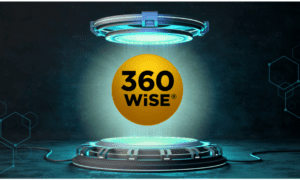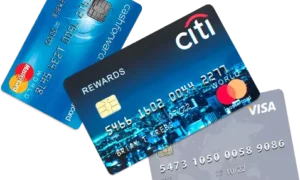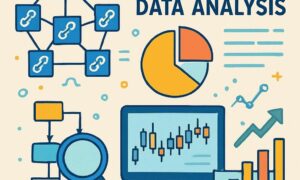Cryptocurrencies have lost $2 trillion in value in 2022. Crypto tracking site, CoinGecko compiled price data indicating that 72 out of 100 tokens dropped more than 90% from their all-time highs (ATH).
9 out of 10 larger-cap cryptocurrencies dropped less than 90%. The world’s largest coin, Bitcoin, fell 70.3% from its ATH of $69,000, which it reached in November 2021. From $4,878, Ethereum took a 78% dip. Other coins, including Binance Coin, Cardano, Solana, Polkadot, Tether, USD Coin, and Binance USD, witnessed falls ranging between 68% and 88%. Ripple coin took a great tumble with a 90.56% fall from its ATH.
This year commenced with the Federal Reserve hiking the interest, impacting the crypto market. In mid-May, TerraUSD stablecoin lost its peg to the US dollar leading the market to spiral downwards. This de-pegging left around $40 billion of tokens worthless, leaving crypto collaterals that once were considered valuable to support loans, discounted or illiquid.
Subsequently, crypto venture capital firm 3 Arrows Capital and lending and yield platforms, Voyager Digital, and Celsius Network went insolvent. These are a few events that contributed to the current scenario, which experts have warned is a prolonged bear market called the “crypto winter”.
The Bright Side of the Bear Market
Like any new technology and unregulated space, crypto markets saw an influx in the number of frivolous projects that lacked purpose and utility. Numerous “pump-and-dump” schemes were floated with the goal of scamming money from investors to amass rapid wealth.
One example is the Squid Game token that was built on the hype of the then-popular Netflix series, Squid Game, with no distinct utility or reliable tokenomics. With influencer endorsements and many memes, the cryptocurrency shot over $38 per token before the creators dumped their bags and made a run. The token now trades at less than $0.01.
Projects with weak fundamentals, no utility or purpose, aimed to pump-and-dump tarnish the trust in crypto. The bear market will end innumerable projects lacking solid fundamentals and give way to projects that are trustworthy to invest in.
Exeno to the Rescue!
Despite all the perils the crypto ecosystem has undergone, all is not lost. Certain projects with strong foundations and great utility are setting out their path even in the storm. On 3rd October 2022, the crypto commerce leader exeno launched its exeno coin (EXN) on the AAX exchange and sold out in the first 4 minutes. Exeno surpassed the 6000% fundraising level and reached the status of ‘Oversubscribed.’ It equates to a staggering 1.7 million $EXN (around $683,000).
Exeno is combining the world of e-commerce with blockchain, emerging as a leader within the crypto-commerce (“c-commerce”) space. Identifying the locked potential of cryptocurrencies, exeno aspires to lead e-commerce to Web3. Exeno’s tools and solutions revolutionize online shopping and crypto payments, making payments faster, more secure, and more adaptable.
Exeno Coin
To bring crypto to life through daily utility and mass adoption, the exeno coin,, was created. It powers the exeno ecosystem and drives c-commerce. It sits on BNB Chain, Ethereum, and Polygon and will be expanding soon. Exeno is also structuring Stake Back benefits — a cashback program for crypto commerce and referral programs that users can avail of. EXN is available on AAX, LBank, and from 20th October on Bitmart exchange.
Exeno Store
This is an intuitive crypto-commerce platform where users can purchase an array of products ranging from computers, phones, electronics, sporting equipment, household goods, and beauty products to pet accessories. The store is compatible with multiple crypto wallets.
Exeno 2.0 Marketplace
Exeno is developing the 2.0 marketplace which is set to be the world’s first peer-to-peer (“p2p”) crypto-only marketplace equipped with seamless p2p transactions, crypto price stabilization mechanics, security, and KYC features. The marketplace is set to play a significant role in crypto mass adoption.
Screx Payment Solution
The team is working on developing the world’s first payment processor and vault within the cryptocurrency market, where users can experience centralized and decentralized finance.
Crypto Commerce to Warm up the Crypto Winter
With its innovative solutions, exeno aims to restore meaning to cryptocurrencies, fueling the transition from web2 to web3 easier and better. Exeno combines and revolutionizes the spheres of finance and online commerce. Bringing new hope that despite the market conditions, the best projects can make the crypto winter fade away!
Click here to read more about exeno.





























